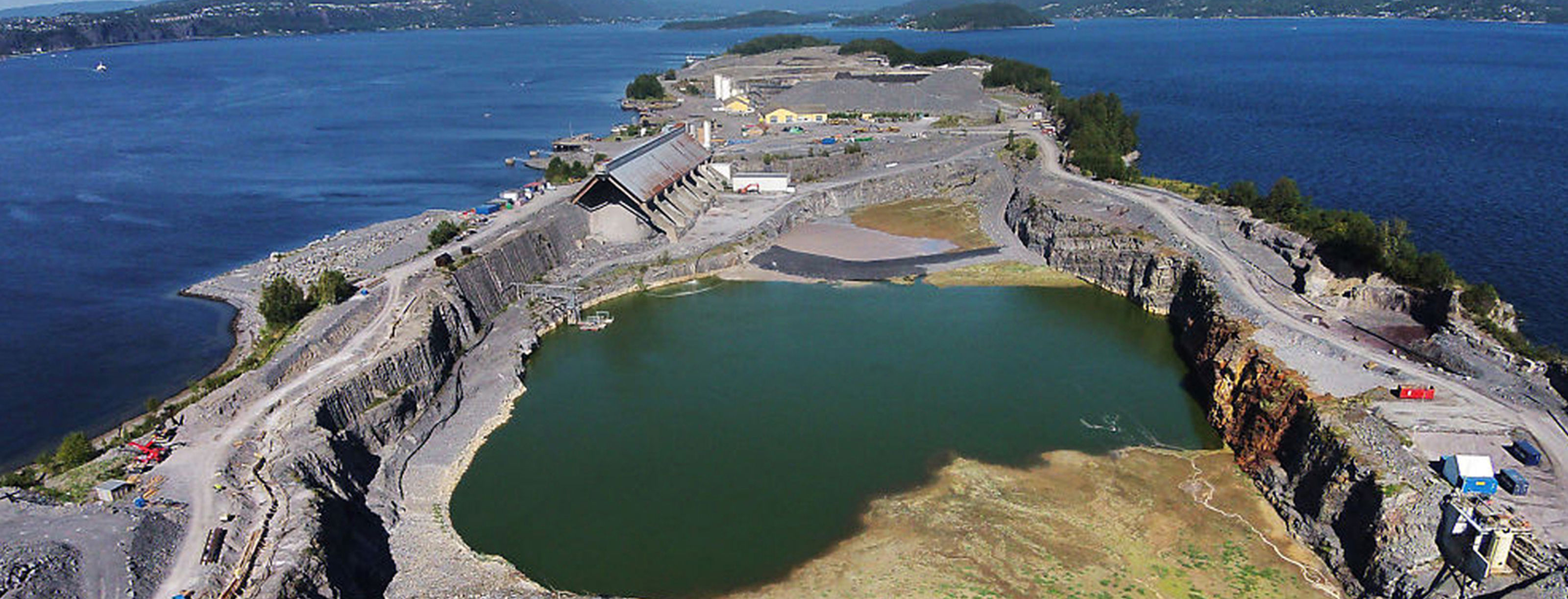Langøya hazardous waste landfill
NGI has worked as a consultant for NOAH over a long period of time, and has contributed to planning and designing, monitoring and following up activities at their landfill for hazardous waste, polluted soil and sediments at a former limestone quarry. The site has become a popular recreation area on safe ground.

Langøya hazardous waste landfill, the south quarry, before filling and restauration. ( NOAH)


